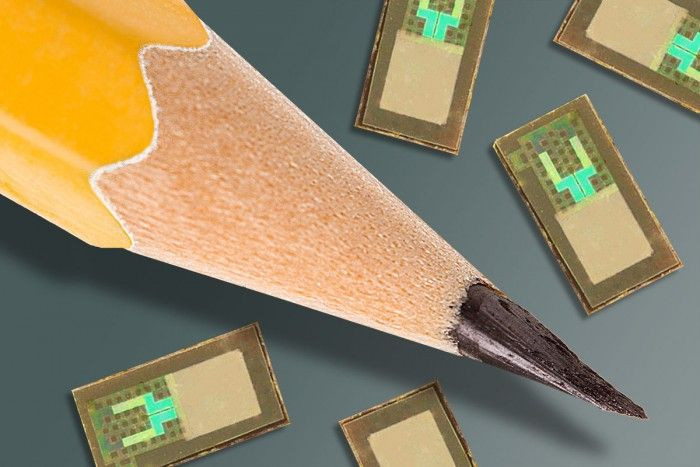Following TBI, This Wireless, Implanted Sensor Monitors Intracranial Pressure In The Brain, Then Dissolves

Though generally scientific research is speeding forward at a rapid pace, many biomedical devices currently used by doctors are based on technologies from the 1980s. To update the equipment used on patients with traumatic brain injury, neuroscientists in collaboration with engineers created a miniature silicon implant that monitors intracranial pressure and temperature in the brain. Importantly, the device, described in a new research letter published in Nature, does not require surgical recovery as it naturally dissolves into bodily fluids.
A major worry for brain injured patients is that an increase in pressure inside the skull will lead to further damage. According to the National Institutes of Health, nearly half of all severely head-injured patients will need surgery to remove or repair contusions (bruised brain tissue) or hematomas (ruptured blood vessels) which increase pressure. Yet the monitoring equipment commonly used during brain surgery is not only unwieldy but often proves dangerous. Bacteria can form along the wires of these electronic implants, leading to infection. And the follow-up surgery necessary to retrieve these devices exposes a patient to additional complications.
Believing the time is ripe for something new, Dr. Rory K. J. Murphy, a neurosurgery resident at Washington University School of Medicine, set out to create a 21st century implant to monitor the brain. He collaborated with co-lead author Dr. John A. Rogers, a professor of materials science and engineering at the University of Illinois, to devise an accurate, implantable sensor that would not require surgical rescue.
They began with advanced, high-performance materials used in other biomedical products. Combining poly lactic-co-glycolic acid (a biodegradable material used in a variety of Food and Drug Administration-approved devices) and silicone, they designed a prototype that could wirelessly transmit accurate data to an external system—and dissolve in a bath of saline solution after a few days. Then the team tested the new device in the brains of laboratory rats. According to Murphy and Rogers, the measurement performance of the device compared favorably to current clinical standards and the device was absorbed, as planned, into the animals’ bodies.
Following these successful experiments, the team has begun to plan tests with human patients; specifically, they hope to place the sensor at multiple locations in a patient’s brain during a surgery for traumatic brain injury. Beyond that, the device may be used in other organs of the body during critical periods of care. Providing crucial information, the implant would allow doctors to intervene only if and when necessary.
“The devices can be adapted to sense fluid flow, motion, pH or thermal characteristics, in formats that are compatible with the body’s abdomen and extremities, as well as the deep brain, suggesting that the sensors might meet many needs in clinical medicine,” Murphy, Rogers, and their colleagues concluded.
Source: Kang S-K, Murphy RKH, Hwang S-W, et al. Bioresorbable silicon sensors for the brain. Nature. 2016.



























